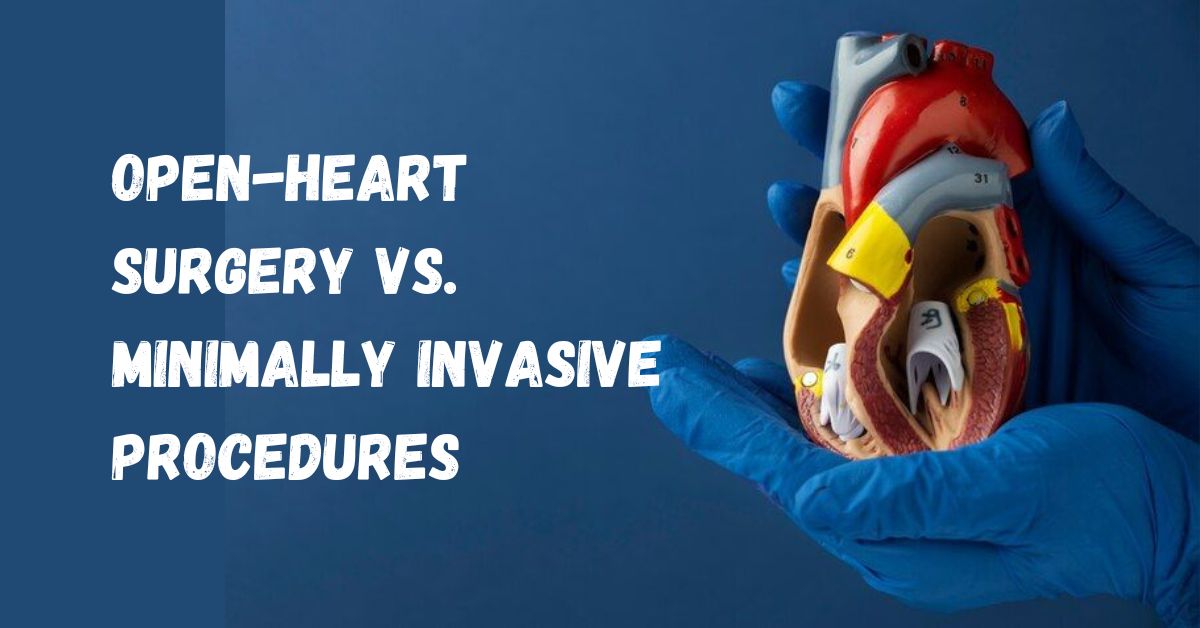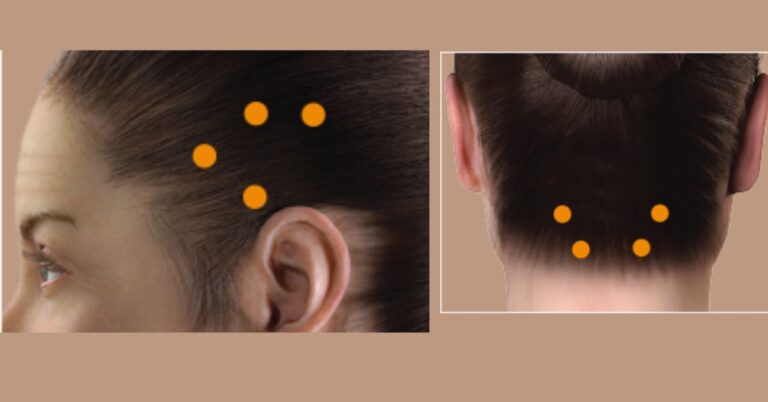Open-Heart Surgery vs. Minimally Invasive Procedures: Pros and Cons
When you’re faced with a heart condition that might require surgery, it can feel overwhelming trying to decide on the best treatment path. Chennai is known for its world-class hospitals and skilled heart specialists, making it a trusted location for cardiac care. Two common routes stand out: traditional open heart surgery in Chennai and its less invasive counterpart.
Each method comes with its own set of benefits and challenges, and understanding these options can make all the difference when deciding what’s right for you. In this article, we’ll explore both approaches in depth—what they involve, how they work, their advantages and potential drawbacks, and the key factors to consider when choosing your treatment.
What Is Open-Heart Surgery?
Open-heart surgery is the classic, time-tested method that many of us have heard about. In this procedure, surgeons make a big incision down the center of your chest, which allows them to open up the chest cavity and work directly on your heart.
This direct access is crucial for complex repairs and is why open-heart surgery has been the gold standard for many severe or intricate heart problems over the years. It’s typically used for procedures like coronary artery bypass grafting (CABG), heart valve repairs or replacements, and corrections of congenital heart defects.
How the Procedure Works
During open-heart surgery, you are placed under general anesthesia, meaning you’re completely asleep and unaware of the operation taking place. The surgeon begins by making a long incision right through the middle of your chest, usually cutting through the sternum. This large opening gives the surgical team an unobstructed view of your heart and surrounding structures, making it easier to perform delicate and complicated procedures.
In many cases, your heart is temporarily stopped during the operation. To maintain blood circulation, a special machine known as a heart-lung bypass is used. This machine takes over the role of both your heart and lungs, ensuring that your blood continues to flow and that oxygen is delivered to your tissues. Once the surgeon completes the necessary repairs, the heart is restarted, and the large incision is carefully closed with wires and stitches.
Benefits of Open-Heart Surgery
There are several reasons why open-heart surgery remains a trusted option for many patients:
- This direct access allows for precise repairs, which is particularly important for complicated conditions.
- Open-heart surgery has a long history of success. Over decades of use, the techniques have been refined and perfected, making it a reliable choice for many severe heart issues.
- This method is incredibly versatile. It can address multiple heart problems in one go, making it ideal for patients who might have several issues that need attention during a single surgery.
Risks of Open-Heart Surgery
While open-heart surgery can be life-saving and highly effective, it is not without its challenges:
- Longer Recovery Time
- Higher Risk of Complications
- More Pain and Scarring
- Greater Impact on the Body
What Are Minimally Invasive Procedures?
Minimally invasive heart procedures are designed to address many of the same heart issues as open-heart surgery. Instead of one large, central incision, these techniques use several small cuts, which means less trauma to the body.
The idea is simple: by working through these tiny openings, surgeons can achieve the same goals as traditional surgery but with reduced pain, shorter hospital stays, and a quicker overall recovery.
Techniques Used in Minimally Invasive Procedures
There are a couple of key techniques that fall under the banner of minimally invasive heart procedures:
- Small Incisions Between the Ribs: Also known as thoracotomy or port-access surgery, this approach involves making one or more small cuts along the side of the chest. Through these openings, surgeons can navigate their instruments to the heart. It’s a method that reduces overall tissue damage and helps patients recover faster.
- Robotic-Assisted Surgery: In this advanced technique, surgeons make the same small incisions but use robotic arms controlled by a computer. The robotic system provides a high-definition, magnified view of the heart, allowing the surgeon to perform delicate tasks with exceptional precision. This method is especially beneficial when operating in areas that are difficult to reach using traditional instruments.
Benefits of Minimally Invasive Procedures
Patients often choose minimally invasive procedures for several compelling reasons:
- There’s less damage to muscles and tissues. This reduction in trauma generally translates to less pain after surgery.
- A shorter hospital stay and a faster return to your everyday activities.
- Smaller wounds naturally have a lower risk of becoming infected. This can lead to fewer complications during the healing process.
- Many patients appreciate that these procedures leave behind smaller, less noticeable scars compared to the long incision of open-heart surgery.
Risks of Minimally Invasive Procedures
It’s important to recognize that while the benefits are significant, minimally invasive procedures also have potential drawbacks:
- Not Suitable for All Conditions
- Specialized Equipment and Training
- Potential for Longer Surgery Time
There is always a small chance that the surgeon might need to convert the minimally invasive procedure to an open-heart surgery if unexpected complications arise during the operation. This is done as a precaution to ensure your safety.
Factors to Consider When Choosing the Right Approach
Choosing between open-heart surgery and minimally invasive procedures isn’t always straightforward. It involves weighing several factors to determine which option best suits your individual needs.
Your Heart Condition
The specific nature of your heart condition plays a crucial role in determining the appropriate surgical method. If you have a complex issue that demands extensive repair, open-heart surgery might be the better option.
However, if your condition can be effectively treated through a less invasive technique, you may go with minimally invasive procedures. Your doctor will consider your diagnosis, test results, and overall heart health before recommending the best approach.
Overall Health and Medical History
Your age, overall physical condition, and medical history are important factors to keep in mind. For instance, older patients or those with other underlying health issues might be better candidates for minimally invasive surgery because it generally puts less strain on the body. Past surgeries or preexisting conditions could also influence which method is safest and most effective for you.
Surgeon Experience
The experience and skill of your surgeon cannot be underestimated. Some doctors specialize in open-heart surgery, while others have extensive training in minimally invasive techniques. It’s important to choose a surgeon who not only has a track record of success with the procedure they recommend but who also takes the time to explain the process and answer your questions.
Personal Preferences
Your own preferences should always be considered. Some patients may prioritize a rapid recovery and less post-surgery discomfort, making the minimally invasive route more appealing. Others might feel more reassured by the thoroughness of open-heart surgery, especially if they have a particularly complicated heart condition.
Conclusion
In conclusion, the decision between open-heart surgery and minimally invasive procedures should be made after careful consideration of all the factors involved. Both methods have improved over time and continue to benefit from technological advancements and increased surgical expertise. By staying informed and actively participating in your care decisions, you can help pave the way for a successful surgery and a smooth recovery.







